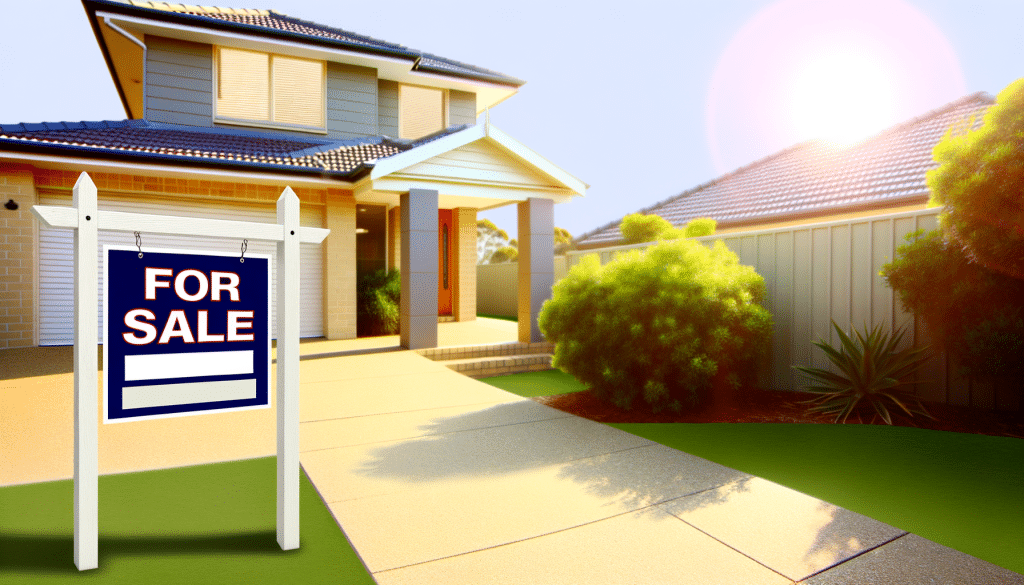Selling a home is never without its challenges, but when you’re trying to move property in a slow real estate market, the stakes are even higher. With fewer buyers and more competition, sellers often find themselves waiting weeks—or even months—without a serious offer. But don’t worry: with the right strategy, you can cut through the noise and get your home off the market fast.
Here’s how to position your property for a swift sale—even when the market is dragging its feet.
1. Price It Right from the Start
In a sluggish market, your listing price can make or break your sale. Overpricing your home—even by a few thousand dollars—can deter buyers and cause your home to linger. A home that sits too long becomes stale, leading buyers to wonder what’s wrong with it.
Work with a local real estate agent who knows your area’s current conditions. They’ll conduct a comparative market analysis (CMA) to find the sweet spot where your home is competitive but still attractive to value-conscious buyers.
2. First Impressions Matter: Boost Curb Appeal
You never get a second chance to make a first impression. A well-maintained exterior sets the tone for what buyers can expect inside. Make sure your lawn is trimmed, your paint is fresh, and your walkway is inviting. Small updates like a new mailbox, house numbers, or a seasonal wreath can go a long way.
In slower markets, buyers are picky. You want your home to stand out for the right reasons from the minute someone pulls up.
3. Stage Your Home Like a Pro
When the competition is fierce, staging can be the edge you need. Professionally staged homes often sell faster and for more money. The goal is to help buyers visualize themselves living in your home, which means decluttering, depersonalizing, and arranging furniture to highlight space and flow.
Not ready to hire a professional stager? No problem. You can DIY by focusing on a clean, neutral design that allows your home’s best features to shine.
4. Leverage High-Quality Photography & Video
More than 90% of homebuyers begin their search online, so your listing photos need to pop. Hiring a professional photographer who specializes in real estate is well worth the investment. If your budget allows, add drone footage or a virtual tour to give your listing a modern, immersive edge.
Homes with high-quality media receive more views and generate stronger interest—which is crucial when buyer traffic is light.
5. Be Flexible and Accommodating
In a slow market, buyers call more of the shots. Being flexible with showings, offering incentives like closing cost assistance, or even including some appliances can help your home appeal to hesitant buyers.
You should also be responsive to feedback from showings. If you keep hearing the same objections, address them quickly—whether it’s updating outdated fixtures or adjusting the price.
6. Market Aggressively Online
Your agent should be leveraging all available digital channels to market your home. That includes MLS, social media, real estate platforms like Zillow and Realtor.com, and even paid ads if needed. Email marketing campaigns and virtual open houses can also be powerful tools to reach serious buyers who may not be local.
The more visibility your listing gets, the more likely you are to find that one perfect buyer.
7. Understand the Timeline: How Long Will This Take?
Many sellers wonder: what is the standard time to close on a house? On average, closing takes about 30 to 45 days after an offer is accepted. However, in a slow market, the bigger challenge is getting that initial offer.
By pricing smart, presenting your home well, and working with an experienced agent, you can cut down that waiting time significantly—and move on to your next chapter faster than you think.
8. Don’t Be Afraid to Sweeten the Deal
Sometimes, a little extra can make a big difference. Offering a home warranty, providing flexible move-in dates, or including furniture can all sway an indecisive buyer. Talk to your agent about creative incentives that might work in your specific market.
Final Thoughts
Selling a home in a slow market isn’t impossible—it just takes more strategy and preparation. By understanding buyer psychology, investing in presentation, and pricing competitively, you can rise above the market slowdown and close your sale quickly.
The key is to stay proactive. Monitor the market, adjust your strategy as needed, and keep the end goal in sight: handing over the keys and moving forward with confidence.
